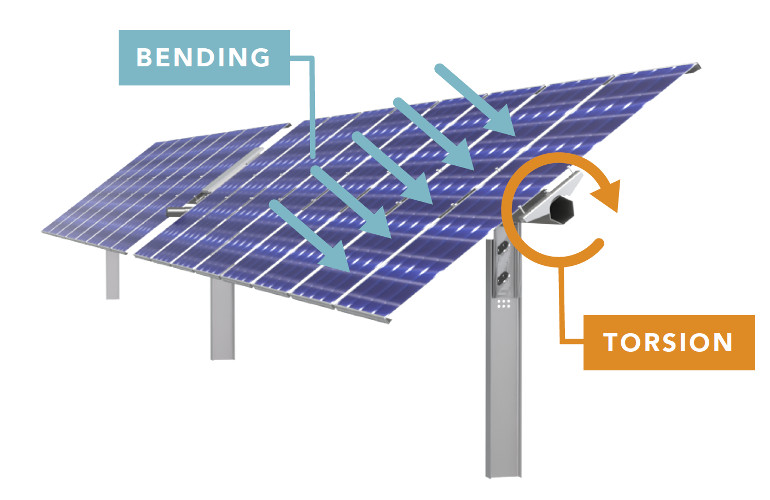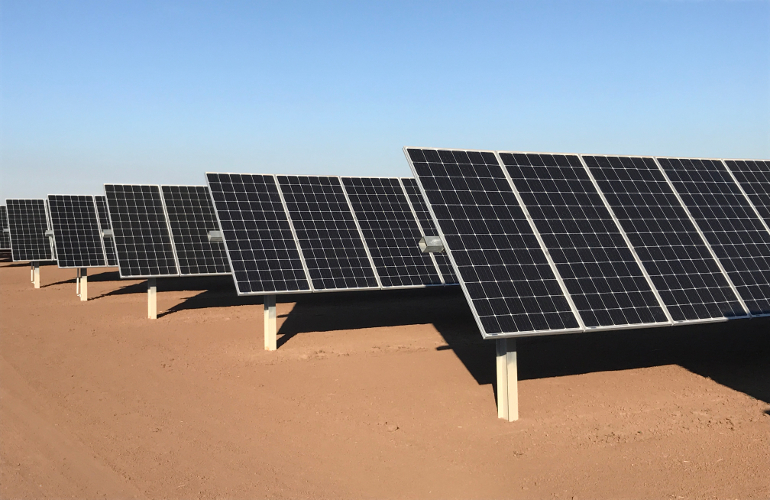Compared to a fixed mount solar panel a single axis tracker increases annual output by about 30 percent and a dual axis tracker an additional 6 percent.
Efficiency increase of a solar tracker vs a fixed panel.
Only x axis tracker only y axis tracker xy dual axis tracker and azimuth tracker systems during the design consider tracker system has higher initial investment cost than non tracking system and maintenance cost the biggest advantage is producing more energy in the same area tracker system designer says that up to 30 more energy.
We have worked on a model for our dual axis tracker and manufactured a prototype.
Trackers increase the production of a site by more than 15 to 25 over fixed tilt.
In a world of rapidly decreasing prices for solar ppas increased power production is critical in helping project owners achieve a viable roi.
The biggest benefit of a solar tracking system is that it offers a boost in electricity production.
Typically fixed tilt systems require 4 5 acres per megawatt while tracking systems need 4 7 acres per megawatt.
Lastly tracking systems are more expensive to maintain over the 25 year life of a system.
Other estimates say that solar panel trackers add between 25 and 45 percent to the efficiency of an average residential solar pv system.
Generally a solar panel system with a single axis solar tracker installed sees a performance gain of 25 to 35 percent.
According to the measured readings the efficiency of the dual axis tracker is found to be 81 68 higher than that of fixed panel whereas the efficiency of the single axis tracker is only 32 17 higher than that of fixed panel.
In a fixed form their efficiency is low since the panels will be tilted in a particular angle whereas in a tracking system the panel is made to move either in single axis or dual axis.
Because they follow the sun from dawn to dusk dual axis solar trackers can capture all of the day s solar potential resulting in up to 45 percent more energy than fixed solar.
An additional 20 of acreage for tracking systems is a good rule of thumb for checking the economics.
A dual axis tracker bumps performance up by another five to 10 percent.
After the tracker came online we set up a number of fixed solar panels at different angles including one at 33 which is the optimum angle for our.





